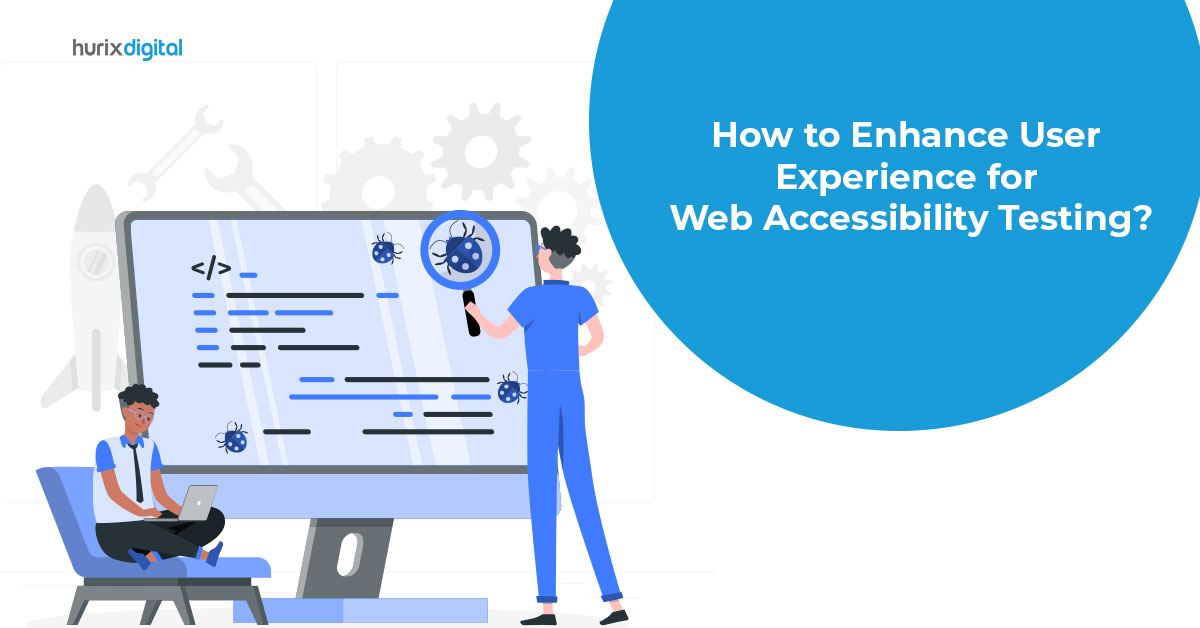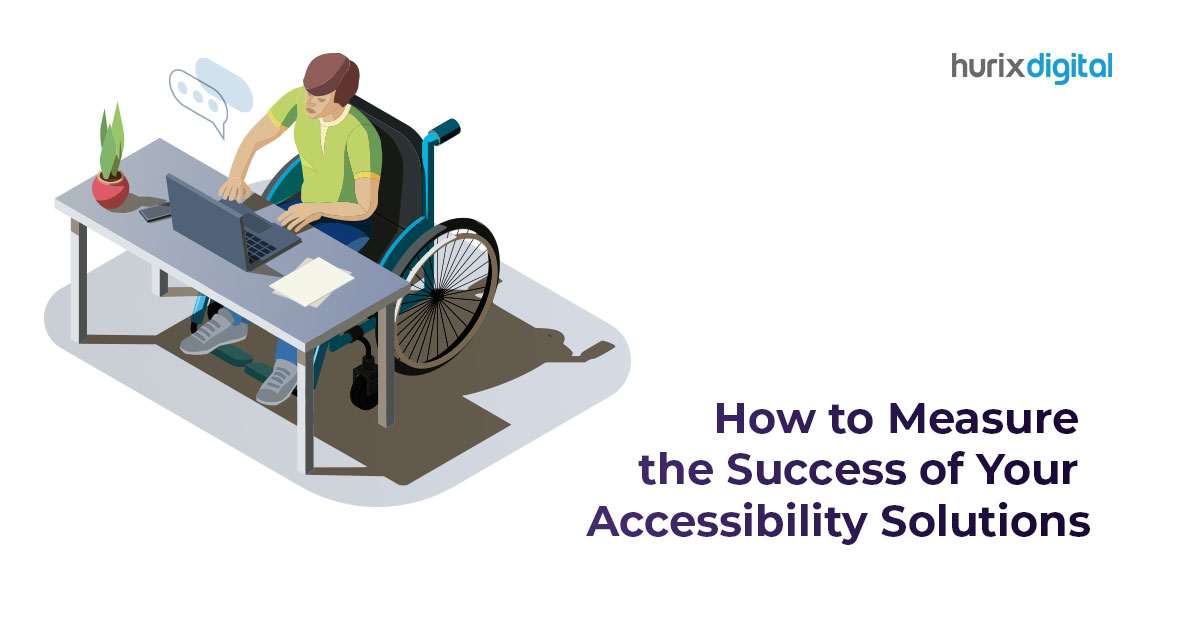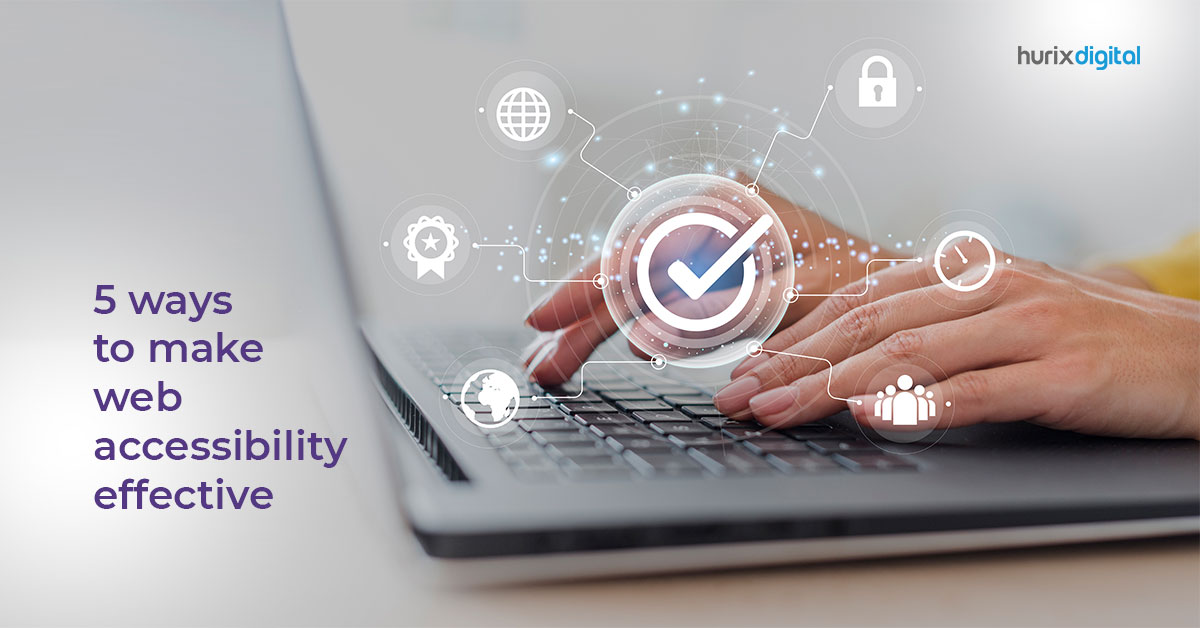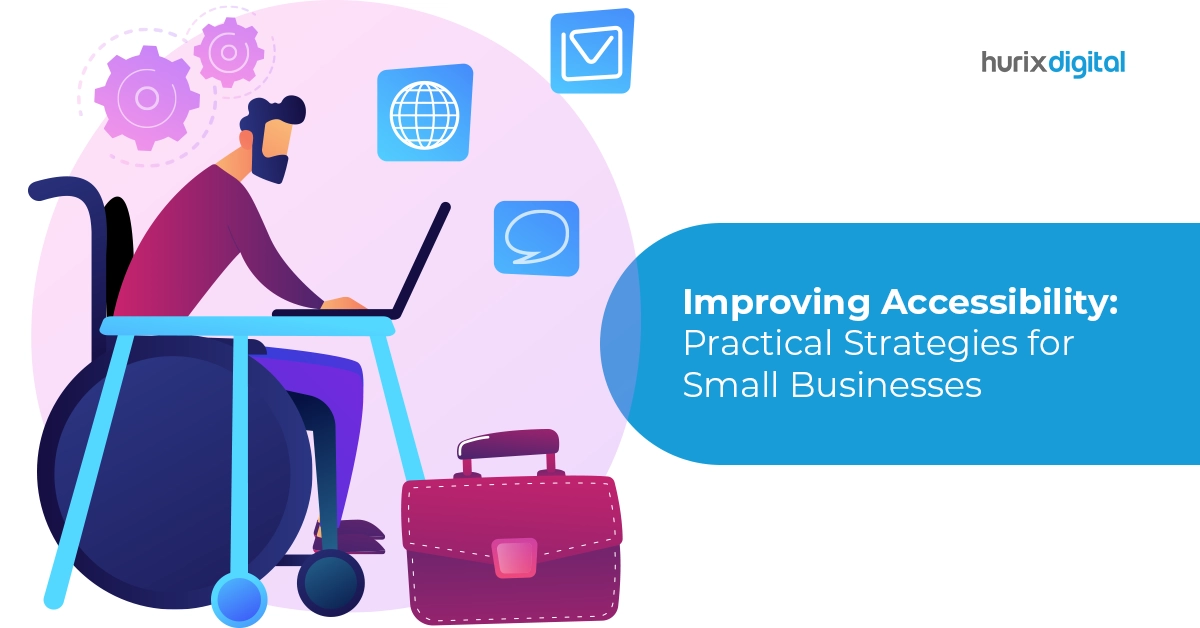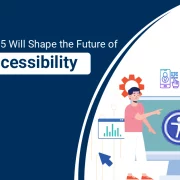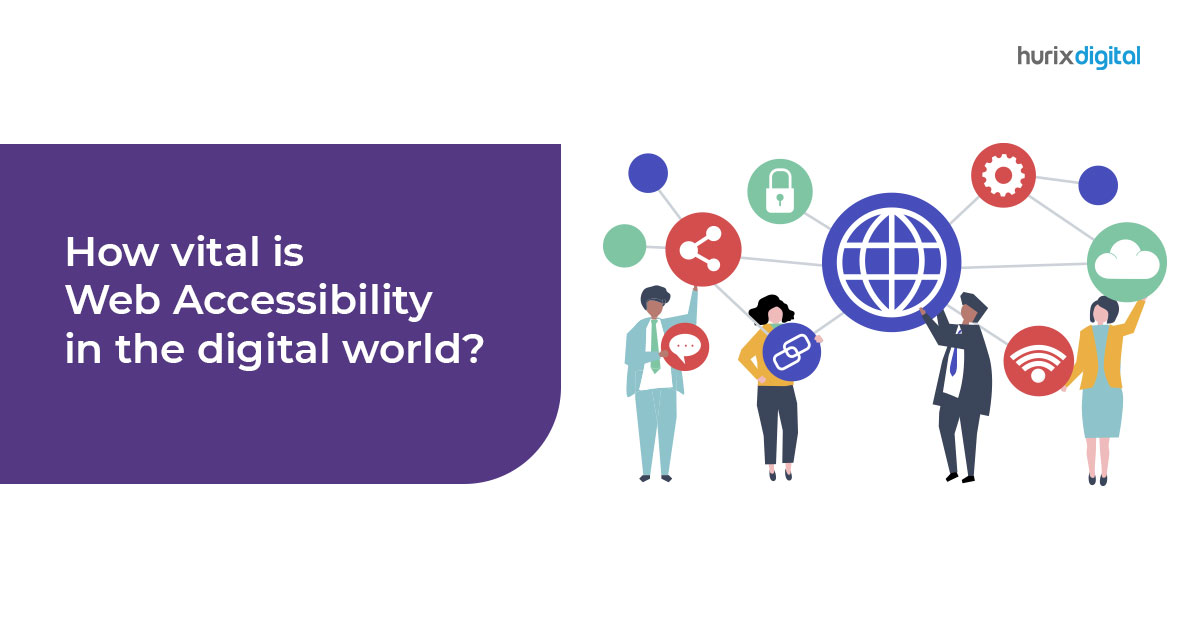
How Vital is Web Accessibility in The Digital World?
Summary
This blog discusses the importance of web accessibility and provides tips to make websites more accessible for people with disabilities. It covers topics like enhancing user experience, legal compliance, adding captions and alt text, improving contrast and compatibility, and using clear language.
Ideally, the web should work for all people, regardless of disabilities. However, when websites and web tools are poorly designed or coded, they exclude certain people from using them.
People today increasingly rely on digital products for work, banking, healthcare, housing, entertainment, and much more. Hence, web accessibility is more important today than ever to ensure everyone gets equal access to these services.
If you do not make your website accessible, you may lose out to nearly 15% of the world’s population who experiences some form of disability. In this blog, we will discuss web accessibility and why it is vital for all, and not just people with disabilities.
Table of Content:
- What is Web Accessibility?
- Why is Web Accessibility Important?
- Making Your Website More Accessible
- Is Your Design Accessible?
What is Web Accessibility?
Web accessibility is designing and developing websites, tools, and technologies so that even people with disabilities can access them. Access means they should be able to perceive, understand, navigate, interact, and contribute to the web.
Web accessibility solutions cover all kinds of disabilities affecting people’s web access. These include:
- Visual
- Motor
- Auditory
- Speech
- Cognitive
- Neurological
Some people believe that web accessibility only concerns the disabled. The truth is that it benefits everyone.
Often, you find yourself constrained by situational challenges or temporary disabilities that affect your ability to interact with the web. In those cases, web accessibility solutions provide diverse ways of participating on the web.
For instance, a person suffering from an eye infection or being outdoors in bright sunlight affecting their readability can also benefit from designs created for the visually impaired.
Similarly, older people with limited vision and young people with small screens can both benefit from buttons that increase the webpage’s font size.
Why is Web Accessibility Important?
Web accessibility is increasingly important because many rely on the web for critical day-to-day activities. If we do not make the web accessible, we will bar almost 1 billion people from participating in the digital world.
The UN CRPD defines access to information and communication technology, including the web, as a basic human right. But providing equal web access benefits the individual, businesses, and society at large.
Here are some benefits of making your website accessible through a web accessibility solution.
1. Enhances User Experience
An accessible website means that people with disabilities can use it as easily as the rest of the population.
It also supports social inclusion for people in various situations and across devices, such as the elderly population, people in rural areas or developing countries, people with situational or temporary disabilities, etc.
Making simple UI changes with accessibility in mind can go a long way in making a diverse range of people included and welcome to your site, thereby enhancing their user experience.
2. Improves Your Business
Making your website accessible also has many business benefits. Firstly, it extends your customer base by enabling you to reach with varying abilities. Secondly, it enhances user experience, leading to more conversions.
And finally, it enhances your brand and drives innovation, ultimately increasing your bottom line. Here’s an in-depth look at the six ways accessibility solutions aid business growth.
3. Keeps You Complaint with Laws
Several industries require by law to make their digital presence inclusive to people with disabilities.
For instance, Sec 508, a federal law in the US, provides guidelines on making electronic information and technology accessible to people with disabilities. Similarly, the Web Content Accessibility Guidelines (WCAG) launched by W3C is an international standard for web accessibility.
Companies may be penalized if they do not take reasonable steps to accommodate disabled people. However, you can avoid such fines by making your website more accessible. Learn more about Sec 508 compliance in accessibility through this comprehensive guide.
Also Read: 7 Reasons Why You Must Consider Web Accessibility Solutions
Making Your Website More Accessible
Currently, the best guideline you can follow to make your website accessible is the WCAG guideline launched by W3C. We urge you to check them out.
Some aspects of the guidelines are pretty easy to understand, while others may require help from accessibility professionals. Nevertheless, here are some ways to achieve accessibility right away by using web accessibility solutions online.
1. Provide Captions and Subtitles
If you include video content in your website, remember to caption it or provide text transcripts. It would make multimedia content accessible to people with hearing impairments.
2. Include Alt text for Every Image
An alt text is an alternative description that appears in place of an image on a webpage.
Alt text improves accessibility as it describes the appearance or function of the image for people who cannot see it. This way, readers won’t miss any critical information.
Alt text is also helpful when the images fail to load with a poor internet connection.
3. Provide Sufficient Contrast
People may be viewing your website in all sorts of lighting conditions. You ensure that it remains visible under all circumstances by providing sufficient contrast.
The high background-foreground color contrast makes the web content more legible for senior citizens.
4. Make Your Website Compatible Across Devices
Different users use different devices to access websites. So, it is not wise to restrict your design for desktop use. Instead, make it mobile-compatible so users can access them via smartphones and tablets.
5. Include Keyboard-Only Controls
Many users with motor disabilities rely on the keyboard to navigate websites. Providing keyboard-only control ensures they do not need to rely on the mouse to access buttons, links, forms, pull-downs, and other web controls.
6. Use Clear Language
If you use technical language in your design, attempt to explain it in simpler language for laypersons. This way, you accommodate all people, even those who do not understand the technical jargon.
7. Avoid Using Single Media for Warnings
Suppose you need to indicate to the user that something is wrong. If you use a tone for the same, people with hearing impairment won’t follow.
It is ideal to also have another way of indicating the problem, such as a red flashing screen appearing for a few seconds.
Also Read: Creating an Accessible Website for Your Business: The ‘Why’ and ‘How’
Is Your Design Accessible?
The only way to create an inclusive digital world is to enhance web accessibility. The good news is that it is not very difficult to achieve. Some basic considerations and simple UI changes can take you a long way.
At Hurix, we believe in equal access to digital content for people with differing abilities. In our two decades of experience, we have helped several clients make their websites more accessible and meet WCAG requirements for e-books.
Write to us at marketing@hurix.com to learn more about the best accessibility solutions from Hurix Digital.

A highly enthusiastic and motivated sales professional with over twenty five years of experience in solution selling of training-related applications and services. Maintains an assertive and dynamic style that generates results. Ability to establish long-term relationships with clients built on trust, quality of service and strategic vision. Specializes in financial services, higher ed, publishing and government in the areas of learning and development.
